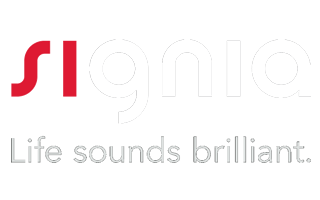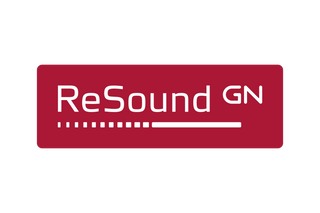Services
The assessment procedure will typically cover but may not be limited to the following individual stages;
Case history
Lifestyle appraisal and needs analysis
Otoscopy
Tympanometry
Pure tone audiometry
Speech tests
Speech in noise tests
Explanation of results
Recommendations
Personalised treatment plan.
We will be asking you a series of questions to help the audiologist understand your medical, health and hearing history. Our intention is to establish a subjective account of the symptoms a patient is experiencing or has experienced in the past so that we may use this information in conjunction with otoscopy and our audiological tests to make a diagnosis.
These questions will relate to the presence of pain, irritation, discharge or tinnitus. We will look at family history, work environment, general health, prescribed medication, operations or procedures to your ears and how long it has been since you first noticed the symptoms. Finally, we shall examine the factors which caused you to seek our help now.
LIFESTYLE APPRAISAL AND NEEDS ANALYSIS
Here, we are going to discuss how you live your life, who you may talk to during the day or the week, what sort of environment the conversations take place, whether you work, attend church or meetings. Do you spend a lot of time with friends or family, might you look after grandchildren, do you enjoy television or music and how do you cope on the telephone or with a conversation in the car or on a bus? These are all factors we need to consider.
We will attempt to establish key situations where you accept that your hearing lets you down and document them. Please bear with the audiologist as some of the questions may seem repetitive and probing but we need to be quite specific in order we can return to them if and when hearing aids are prescribed and determine benefit of your chosen hearing aids.
OTOSCOPY
We use modern, state-of-the-art video equipment to examine the inside of your ear. We need to establish the physical condition of the outer ear, the ear canal and the ear drum to determine if we can proceed with the rest of the test procedures. There will be certain conditions we may find that warrant a medical opinion, in which case we will refer you to your GP or if you prefer we can recommend an ENT consultant for you to see privately. These conditions would include an ear infection or un diagnosed damage to the ear drum. It would be quite normal to find wax in the ear canal. However, if it is causing a blockage or interrupting our view of your ear drum it may warrant removal prior to the rest of the test procedures. Of course, we can perform this service for you but we will always discuss your options with you.
PURE TONE AUDIOMETRY
Simple sounds such as beeps or buzzes will be played through headphones at a variety of volumes in order that we can determine the absolute quietist sounds you can hear at specific tones. This part of the test is called air conduction. All you have to do is simply respond to the signal when you hear it, either verbally or by pressing a button.
The second part of pure tone audiometry is bone conduction. A pad will be placed behind the ear, this will enable you to hear the tones directly in the inner ear without any potential interruption from the ear drum or bones of the middle ear. Typically we will test fewer tones using this method as opposed to air conduction. The bone conduction test is vital to ensure the correct prescription is calculated.
Depending on your results so far, this would complete this part of the procedure. In some cases the above may need to be carried out again, only this time we might "mask" the ear not being tested with some form of rushing noise to ensure we do not get any erroneous results from the ear being tested.
The results are plotted on a graph to produce the Audiogram. Again, there may be certain conditions we find that warrant a medical opinion, in which case we will refer you on.
This test is the minimum requirement for an audiologist to be able to prescribe a hearing aid. Steer clear of companies who will perform a hearing test just using hearing aids to deliver the test tones.
SPEECH TESTS
Whilst Pure tone audiometry will show us the quietist sounds we can hear, it does little to show us how this impacts on our ability to make sense of speech. In this test, we will present random words delivered through a speaker at predetermined volume levels. You just need to repeat back what you hear and you will be scored on the number of words or part of the words you get correct. Testing in this way ensures that we can repeat the test under the same conditions when conducting routine ongoing assessments in the future. The results can be used as a benchmark for measuring the improvement in benefit of any particular hearing aid fitting. This test may also be used to ascertain the effectiveness of your current hearing aids by carrying out the test whilst you are wearing them.
Beware of companies who try to perform this test by mumbling from behind paper. This is not scientific, not accurate, not repeatable and open to abuse.
SPEECH IN NOISE TESTS
Most people with some form of hearing loss will complain that they struggle to hear in background noise, whether the noise is in a car, restaurant or simply a small family group.
We have a number of speech in noise tests at our disposal to simulate these environments. Typically, they will use pre-recorded speech, this time in sentences with variable but measurable levels of background noise present. The test can be performed through a speaker, through headphones or a combination of the two. We are recording the number of words you score correct to establish what we call the signal to noise ratio loss or SNR.
Whilst there are other tests available to us, depending on an individuals specific circumstances this would complete our usual protocol. However depending on a clients abilities some of these tests may be omitted.
Carried out at one of our clinics or in the comfort of your home, our fee is £65 per appointment and if a single follow-up appointment is required it will be free.
We are able to offer appointments at times to suit you, including evenings and weekends. A fee may be charged for domiciliary visits - please ask when you book your appointment.
SAFE, CLEAN & EFFECTIVE
Safety is paramount at Cheshire Hearing Centres, our wax removal procedures should always be comfortable and pain free.
Offering microsuction, irrigation and instrumentation, our proven techniques are safe and effective. We always record before and after images in our clients clinical records.
We only use single use instruments to ensure the highest levels of asepsis and control of cross contamination. Our audiologists are highly qualified ear care professionals with many years of experience delivering excellent patient care.
WHAT IS EAR WAX?
Wax blockage is one of the most common causes of hearing loss.
Ear wax or cerumen to give it its medical term, is a naturally occurring substance formed by the cerumen glands deep within the ear canal. We shed the skin from our eardrums and our ear canals just as we do, the skin on the rest of our body. Cerumen acts as a binding agent to help the dead skin cells move the wax along the ear canal until it naturally falls out of the ear or whilst washing/showering.
In an ideal world, our ears would normally be self-cleaning. There are a number of factors that may prevent the natural migration of wax. This could be due to narrow ear canals, excessively hairy ears, impacted wax due to the use of cotton buds, or hearing aids to name but a few.

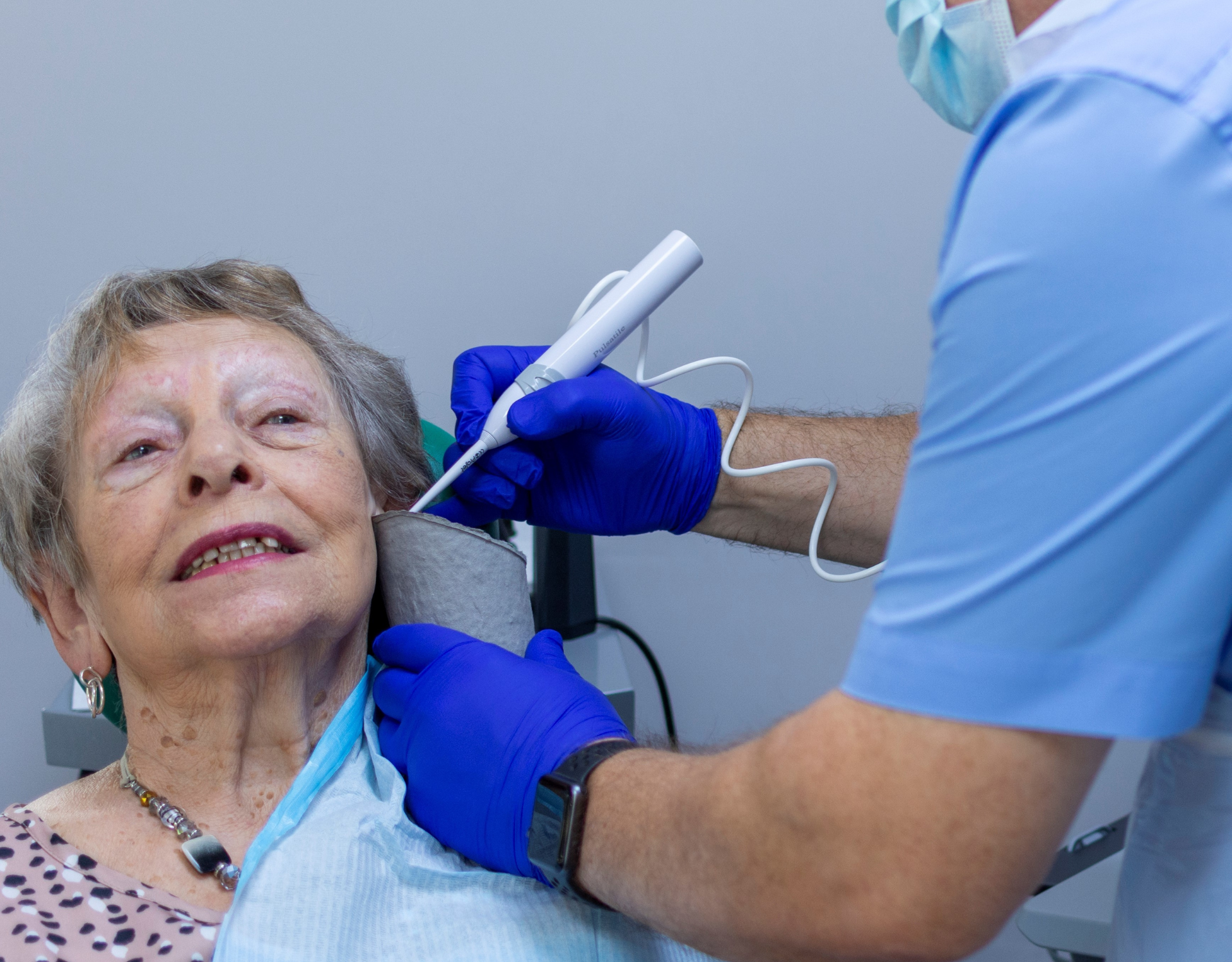
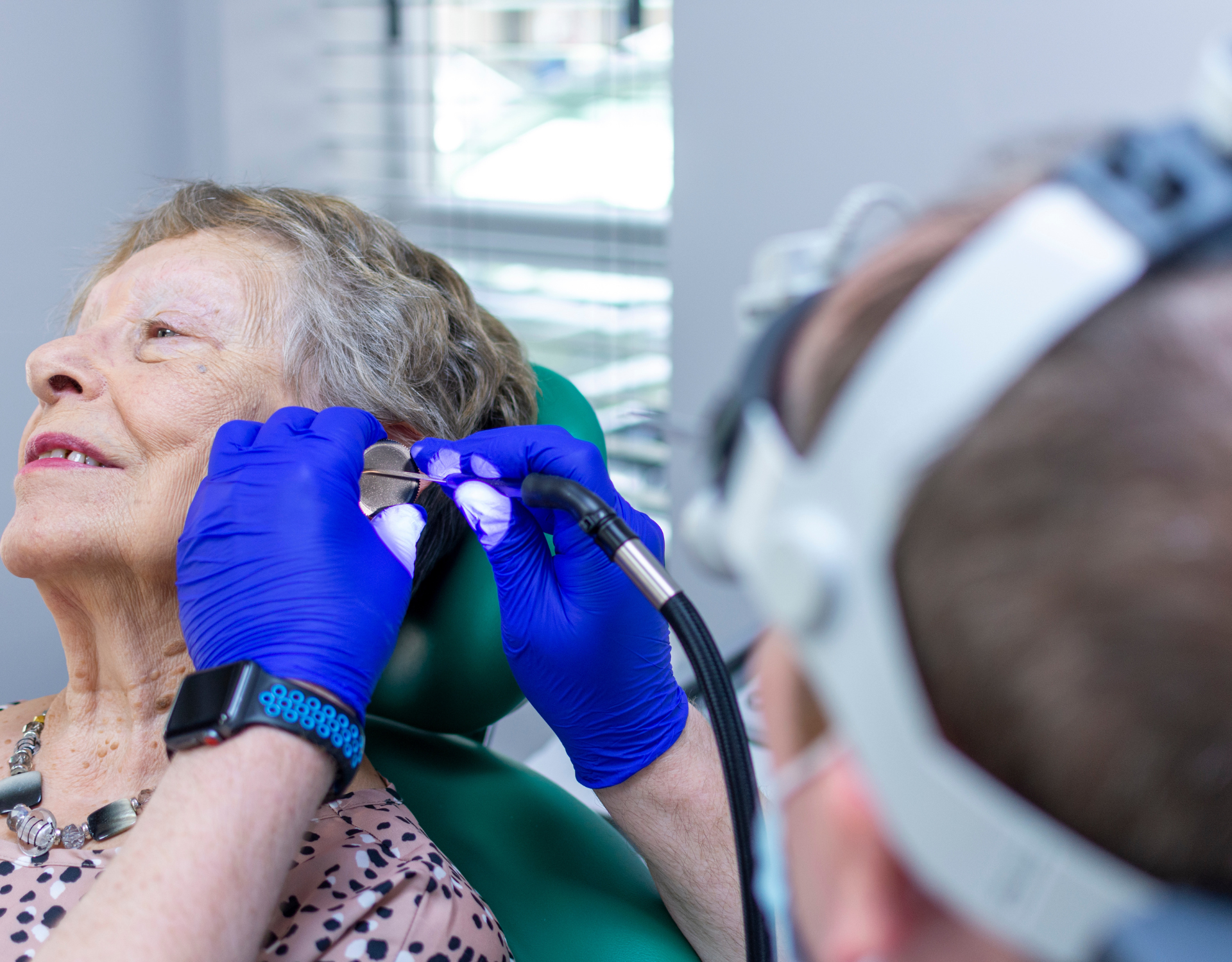
OUR PROCEDURE
Our procedure begins with a video otoscopic examination of the ear with pictures saved to your records. If during examination it is discovered the problem isn’t an ear canal blockage, then you may be offered a hearing test, referral to your GP or an ENT consultant. A small fee will be charged for the examination.
A brief hearing / ear health history and your consent to the procedure will be documented before deciding which method of removal is most appropriate for you.
Further otoscopic examination takes place after the procedure to demonstrate and record the results.
MICRO SUCTION
Microsuction ear wax removal
Micro Suction is a safe and effective process of wax removal. It was until recently only available in a hospital environment. The procedure is ideal for old and young alike whether someone has a hearing problem or not. Micro Suction is particularly suitable where somebody has or had a history of perforated eardrums or previously undergone ear surgery as there is no forward pressure on the ear structures.
Cheshire Hearing specialise in the micro suction technique of removing ear wax blockages. With no need for weeks of softening with oil based products, clients find the procedure quick and convenient. Most manage to have their ears cleared in a single session. However there will always be situations where a second session or pre-treatment is required. This is only likely to be where wax is severely impacted. Where we determine pre-treatment is necessary, we always recommend the use of a clinically treated oil such as Earol for a couple of days. This process lubricates the walls of the ear canal and softens the wax just enough for the suction probe to form a vacuum attachment.
IRRIGATION
Ear wax removal by irrigation - syringing
There are a number of factors that may indicate that micro suction is not appropriate for a particular individual. Typically those clients with severe tinnitus or have experienced dizzy spells after previous micro suction procedure will be offered irrigation as an alternative. Traditional syringing of the ear canal, where the pressure can not be regulated or controlled is considered a hazardous or at the very least a risk prone procedure.
At Cheshire Hearing Centres we offer safe irrigation using the latest pulsed water device where body temperature water is directed into the ear canal to wash out any wax blockage. This procedure is completed by "mopping" the ear canal to remove any water.
CONVENIENT & PROFESSIONAL
Carried out at one of our clinics or in the comfort of your home, our fee is £65 per appointment and if a single follow-up appointment is required it will be free.
We are able to offer appointments at times to suit you, including evenings and weekends. A fee may be charged for domiciliary visits - please ask when you book your appointment.
Book your appointment at our Bramhall office click here
SAFE, CLEAN & EFFECTIVE
Safety is paramount at Cheshire Hearing Centres, our wax removal procedures should always be comfortable and pain free.
We only use single use instruments to ensure the highest levels of asepsis and control of cross contamination.
Our audiologists are highly qualified ear care professionals with many years of experience delivering excellent patient care.
Cheshire Hearing Centres were one of the first practices in the UK to use this latest technology!
Anyone who has ever had a mould taken for a hearing aid fitting knows just what a sensitive and sometimes uncomfortable process it can be. No one likes having someone poke around inside their ear, let alone having a mould inserted to get the size and shape right.
For those clients that require a custom made hearing solution, Otoscan® is the future of hearing care. The revolutionary technology is a 3D scanner that eliminates the need to have moulds or impressions taken and results in a perfect fit for your hearing device.
Using the combination of a high definition camera and two lasers to scan your ear the technology can precisely map out the exact dimensions of the ear cavity.
Taking just five minutes per ear the scan will be made of almost one million data points so you have the fit that's right for you.
The revolutionary technology is a 3D scanner that eliminates the need to have moulds or impressions taken and results in a perfect fit for your hearing aid.
Using the combination of a high definition camera and two lasers to scan your ear the technology can precisely map out the exact dimensions.
Taking just five minutes per ear the scan will be made of almost one million data points so you have the fit that's right for you.
Owner and audiologist David Roche has more than 30 years experience in the industry and knows just how revolutionary this technology is.
He said: "Fitting a hearing aid, although necessary, can be quite an uncomfortable experience having to put a foam block deep into the ear and then a silicone material squirted in to create the mould.
"A lot of people can understandably find this uncomfortable but this new device completely eliminates all the stress and anxiety that comes with it.
"It works almost like a 3D printer, scanning the inside of your ear and you can see exactly what is going on on the screen in front of you so you are on the journey with us all of the way.
"The old moulding process can actually stretch the inside of your ear so this new way is far more comfortable, easier and accurate."
What can it do for me?
Not only can the 3D ear scanner make you feel more comfortable, it can also provide better results.
With a hearing aid that actually fits to the exact size and shape of your ear there's no worrying about it being tight and uncomfortable or moving out of place and causing that annoying whistle.
Cheshire Hearing prides itself on having great customer care which means that each fitting is done to your exact requirements to ensure that the levels are set just right for you and your needs.
Using a 3D scan also cuts down on time and streamlines the whole process.
By reducing handling costs which are associated with ear moulds the scans can also save you time rather than waiting for the mould to set.
Frequently Asked Questions
See some common questions and answers below, or call us at 0161 439 1135
-
How common is hearing loss?
According to the charity Action on Hearing Loss, one in six of the general population living in the UK has hearing loss, that is 11 million people. It is believed that this will rise to one in five by 2035, that will be 15.6 million. As we age the prevalence becomes greater, with 40% of over 50s and 71% over the age of 70 living with hearing loss.
World Health Organisation research suggests approximately one-third of persons over 65 years are affected by disabling hearing loss - this is a hearing loss in the better ear of in excess of 40 decibels. This level of loss would be classified as a moderate loss where some one would find it difficult to follow a conversation with two or more people
-
What causes hearing loss?
There are many potential causes of hearing loss, age related hearing loss or presbycusis and noise induced hearing loss been the most common. Both of these causes will result in a sensory neural hearing loss which means the hair cells within the cochlea or inner ear have been irreparably damaged.
Hearing loss can also be conductive in nature which means that sounds are prevented from being processed through the hearing system in a normal manner. This type of loss could be temporary or permanent and may range from a simple blockage in the ear canal such as earwax or it could be something more significant such as a perforated ear drum or related to issues within the ossicular chain - the three tiny bones in the middle ear.
Indication of an undiagnosed conductive hearing loss would normally result in a referral back to your GP for onward referral to ENT as depending on the severity the condition would typically need to be investigated and in some cases could benefit from surgery. Hearing instruments may be required and often individuals with a conductive hearing loss have great success with their devices.
In some cases an individual may have a combination of a conductive and sensory neural hearing loss. This is known as a mixed loss, a typical example would be someone who exhibits a hearing loss constant with age related hearing loss but may also have a perforated eardrum.
There are many other causes of hearing loss, some being related to genetics, ototoxic drugs or even tumours. The first step would be to carry out a hearing assessment.
-
What does a hearing test involve?
Testing your hearing is not a test of endurance; it should be painless, comfortable and reassuring. If the patient is relaxed the readings will be more accurate.
Before any clinician or audiologist carries out any form of testing they should firstly examine the ear with an otoscope or surgical loupes. This part of the procedure may be carried out with a video otoscope that allows the audiologist and the client to see inside the ear canal. We are carrying out a preliminary health check of the external ear canal at this stage and ensuring any further testing will be valid and accurate.
At this stage in the assessment it is not uncommon to find a full or partial wax blockage in one or both ears. Many clinicians may move to the audiometry phase of the assessment provided they could see the eardrum in the belief that the test will be accurate. Even a slight build up of wax will affect the natural resonance of the patient's ear canal potentially influencing the hearing test results at certain frequencies.
If the clinician truly delivers best practice they should remove any wax present using the most appropriate method for the client. It may be necessary to delay and reschedule the audiometry for a few days as the use of microsuction and irrigation can cause a slight but temporary reduction in a patients hearing ability.
In its most basic form a hearing test will mean carrying out pure tone audiometry (PTA) to test the hearing of both ears. It should be noted that assessment of hearing solely using PTA provides only partial pictures of the patient's auditory ability and for the Hearing Healthcare Professional (HHP) to truly understand a clients hearing needs a number of complementary tests and assessments are available which are discussed later.
The second part of PTA is bone conduction. Unless the air conduction results are returned as within normal thresholds, this will be indicated on your audiogram as no worse than 20 decibels, bone conduction should always be undertaken. A clinician who fails to perform bone conduction is not conforming to minimum standards let alone best practice. The only exception may be if a client is undergoing PTA as part of there six or twelve month routine check.
A machine called an audiometer is used to produce sounds at various frequencies and the volume or intensity will be adjusted to establish the quietest sound you are capable of hearing.
To undertake a PTA test, the patient may be asked to sit inside a sound booth which will reduce any interference from external noises. Where a sound booth or a sound controlled room is not available such as being tested in temporary test room such as an opticians, health centre or a domiciliary situation there are certain regulations that should be considered. According to the British Society of Audiology where the ambient noise exceeds 35 decibels it is recommended that audiometry should not proceed though this can be higher if the clinician is using insert earphones. Thirty five decibels is equivalent to a soft whisper, there are many smartphone apps that can give you a good indication of levels of ambient noise for your specific situation.
Moving on to the test, you will then be asked to listen to a range of beeps and buzzes through either conventional headphones or insert earphones which are fitted into the ear canal with foam tips. This part of the test is known as air conduction as the beeps and buzzes travel through the air in the ear canal and all three elements of the patient's hearing, the outer, middle and inner ear. The patient will be instructed to press a button to indicate that they have heard them and the clinician can establish the clients threshold of hearing.
To perform bone conduction a small block will be placed on the mastoid process - this is the bony prominence of the skull directly behind the ear lobe. A clinician should test a minimum of four different tones but it could be more. As with the air conduction test the patient will be asked to respond to the sound in the manner directed at the start of the test. Often this test may only be carried out in one ear but there are many results that would indicate it should be carried out on both ears. If the clinician deems it necessary to test the second ear this part of the test should include masking. Masking involves the use of a sound played to the ear not been tested to ensure that it is the ear been tested with pure tones is the one to which the patient is responding by pressing the button.
We have been amazed over the years by the number of clients who tell us that they have not had the bone conduction test carried out during previous hearing tests.
Under no circumstances should you let anybody prescribe hearing instruments to you having had a "mini test" through the hearing instruments. Yes they may help you hear better but without PTA performed properly with air and bone conduction the clinician can not be sure if a patient needs to be referred to there GP or onwards to ENT for further investigation.
A clinician operating to best practice would want to be sure they can proceed with the fitting a hearing system in the knowledge that all other options have been properly explored.
Once the PTA is completed, you should move on to Speech testing. It is essential that the HHP understands a clients speech discrimination ability in order to make realistic recommendations and develop a beneficial treatment plan.
Don't be fooled by Hearing Aid Dispensers who mumble ten words from behind a sheet of paper so the client can't lip read, at best this is lazy and unprofessional at worst it is open to abuse by the dispenser by exaggerating the client's perception of their speech discrimination ability in order to secure the sale of a hearing aid.
To correctly undertake a speech discrimination assessment the HHP should be presenting words through the headphones at a decibel level louder than your speech reception threshold which will have being determined from the PTA so you won't have any problem with the volume of the speech. This test uses words of one syllable with vowels and consonants that are distributed similarly to those of words used in ordinary conversations - words such as jar, this, and box. The audiologist asks you to repeat the words you hear. Successfully repeating 90% or more of them is considered excellent.
Although it doesn't mean your hearing is good, a high score on the speech discrimination test is considered good news, it means that you are highly likely to benefit from a hearing aid, as boosting the volume of words will help you understand them better. In other words, your problem is mainly volume, which a hearing aid can help. On the other hand if you only understand a low percentage of the words, simply turning up the volume with a hearing aid is unlikely to help you hear any more clearly.
Speech in noise tests are designed to assess how well a client can hear in the presence of a competing sound such as background chatter in a social situation. Quick SiN is probably the most widely used test of this type routinely used in the UK, it measures a clients Signal to Noise Ratio (SNR) loss. It was developed so an audiologist can quantify a patient’s ability to hear in noise and assist the HHP in choosing an appropriate hearing system with the most suitable features and should they be required, other assistive technologies.
Finally you may be asked to undertake a formal questionnaire. There are a number of questionnaires in regular use, Client Oriented Scale of Improvement (COSI) and Glasgow Hearing Aid Benefit Profile (GHABP) to name but two. COSI s an assessment questionnaire for clinicians to use which allows them to document their client’s goals/needs but just as importantly allows for measurement of the improvement in hearing ability.
The GHABP is a self reported questionnaire that looks at a clients perception of their hearing loss as a disability or handicap prior to use of a hearing system and the clients reported benefit and satisfaction after a predetermined time frame of hearing aid use.
-
How long should my hearing aids last?
Most manufacturers would tell you modern hearing aids last between three and five years. We would suggest instruments to have a lifespan in the region of five to six years. It’s not to say that after this time they will no longer work but the technology will have become obsolete with the release of a number of new platforms during that time. It may well be advantageous to consider the “old” system as a serviceable spare set.
The style or type of hearing aid will be a significant factor on the longevity of the hearing system with in-the-ear hearing aids tending to last around five years though the smallest IIC models being a little less. Receiver in canal and behind-the-ear hearing aids will last longer.
In reality today's technology will last much longer and instruments are capable of being repaired should they fail. What is a factor is the manufactures product cycles, six years may represent three or four product generations which would result in significant improvements in performance. Perhaps the question should really be how often should I upgrade my hearing instruments?
-
I have been told I have hearing loss in both ears, can I get away with one aid for now?
According to the charity Action on Hearing Loss, We make no apologies if this comes across as academically heavy. As a company that believes in evidence based practice we feel that it is important for our clients to understand that we are not just trying to fit them with (or sell them) two hearing aids but there is a scientific basis for our recommendation.
There are countless research papers on this topic. As Hearing Healthcare Professionals, it is our duty to give our clients best advice regardless of a client’s viewpoint or preconceptions. We would want to discover why a client may ask the question in the first place. Is the question driven by the stigma of using hearing instruments or maybe it is financial? A Hearing Healthcare Professional who focuses on their clients best interests and outcomes should examine any objection to the use of two hearing aids where a pair of instruments is clinically the correct solution.
Every week we are asked whether two hearing aids are better than one. If you have hearing loss in both years, then yes, two hearing will always be better but as an evidence based practice let’s take a look at the research that supports this.
A 1999 study by Hurley published in the Journal of the American Academy of Audiology found that a one in four adults with bilateral (both ears) sensorineural hearing loss who receive a monaural (one ear) hearing aid fitting experience a progressive decline in their word recognition score (WRS) in the unaided ear but not in the aided ear. However, only one in sixteen adults with binaural fittings demonstrated a similar deterioration in their WRS.
In a 1987 study, "Long-Term Effects of Monaural, Binaural and No Amplification in Subjects with Bilateral Hearing Loss" published in the Journal of Scandinavian Audiology, Gelfand, Silman & Ross describe how PB (Phonetically Balanced word list) scores decreased significantly only for the unaided ear of the monaurally aided subjects, but not for their aided ear, or for the binaurally aided or unaided groups. These findings suggest an auditory deprivation effect for the unaided ear of those wearing a monaural hearing aid.
Though both of these papers may appear old, they are still relevant and regularly cited in more recent studies.
-
Two aids Vs one?
When offered two hearing aids some people may think this means that there hearing must be much worse than someone with only one hearing aid. This is not the case, there are benefits to having two hearing aids, so where possible the audiologist will recommend two hearing aids to achieve the best possible outcome for the client.
Two hearing aids helps to maintain the balance of hearing from left to right, this will help a hearing aid user in a number of ways, such as localising where a sound has come from, better speech intelligibility in noise, and better sound quality through binaural summation - an advantage derived by been able to fit hearing aids with less amplification to achieve the same loudness as one aid on its own.
With one hearing aid, if you have a hearing loss in both ears, you are asking one ear to do the job of two. This puts strain on the ear with the hearing aid, and also deprives the other ear of stimulation.
If you are only offered one hearing aid there may be reasons for this, such as hearing loss in only one ear (unilateral hearing loss), one ear may be unsuitable for a hearing aid in some way. Please speak to you audiologist at this time who will be happy to explain.
Historically in the UK prior to the advent of digital technology it was common for the NHS to fit one hearing aid. Private hearing companies were often charging very high prices and where a dispenser could not sell two hearing aids to a client, their fall back position was to fit a single instrument.
Hopefully that explains the clinical basis for being fitted with two hearing instruments but what if the question is driven by financial factors?
Based on the factors described above a hearing aid user should get more benefit from a pair of instruments of lesser quality than if they were fitted with a single top of the range device. At the time of writing one of our suppliers uniquely offers a technology platform where by a client could be prescribed a pair of entry level instruments and as part of their long term treatment plan the instruments can be upgraded purely by upgrading the hearing instrument software to unlock more advanced functions as a clients financial situation allows.
-
Do hearing aids need batteries?
As electronic devices hearing aids need some form of power. Historically hearing instruments have used replaceable batteries that would last anywhere between four days and three weeks depending on the size of the battery and the daily use of the hearing instruments.
Siemens Hearing Instruments were one of the first companies to pioneer the use of rechargeable hearing aid battery technology. More recently this type of rechargeable technology called Silver-Zinc has been taken on by a company called Z Power who licensed their system to a number of hearing instrument manufacturers. Both systems utilised replaceable battery cells that were the same size of conventional size 13 or 312 hearing aid batteries. The benefit to this type of technology is that if a user forgot to charge their hearing instruments over night then the rechargeable cells could be replaced with conventional batteries. The down side is that the rechargeable battery cells would typically last twelve to eighteen months before the length of charge decreased or the time taken to reach a full charge increased. Both the above systems are now obsolete and no longer available
Of late there has been a move to enclosed rechargeable cells. The challenge to the hearing instrument manufacturers has been, particularly with the advent of streaming sound to hearing aids from an external source that enough charge could be realised whilst maintaining an acceptable charge time and not adversely effecting the size of the hearing instruments.
With the proliferation of rechargeable consumer devices from cars to mobile phones, there has been an expectation that hearing instruments should also be rechargeable. At Cheshire Hearing Centres we find there is now an expectation from first time users that their hearing aids are also rechargeable.
We are now in a position were we can offer rechargeable hearing instrument solutions in all styles including custom made in the ear models.
-
Would one of the invisible hearing aids be suitable for my hearing loss?
The best course of action would be to seek advice from a hearing healthcare professional. We could only answer this once we have an audiogram (hearing test results) but we will need to factor in other requirements such as the size and shape of a clients ear canal and what features they would expect from their hearing system.
-
I only have hearing loss in one ear, what can a hearing aid do for me?
Firstly, genuine single sided hearing loss is not normal and should always be investigated.
Many people with the condition take the view that if they can hear well from their "good" ear then they can get by. Those with the condition will often find that they loose track of conversations in groups or social situations as they are unable to hear from there "bad" side. They will struggle with spatial awareness and the ability to identify where a sound or voice has come from. Hearing aids are available for all forms of single sided hearing loss.
Where a client has no cochlea function or severe to profound levels of hearing loss or poor speech discrimination scores on one side, a CROS System can help. CROS is the abbreviation of Contra-lateral Routing Of Signal.
There are two types of available.
A CROS system is intended to help those who are unable to hear in one ear and have normal hearing in the other ear.
A BiCROS system is intended to help Those with little to no hearing in one of their ears, and a hearing loss in their better ear.
To some, the concept can be hard to understand particularly if they have been struggling with monaural hearing for many years. Your HHP should always be willing to demonstrate these systems for you and a suitable trial should be available to help a user truly understand the benefits.

